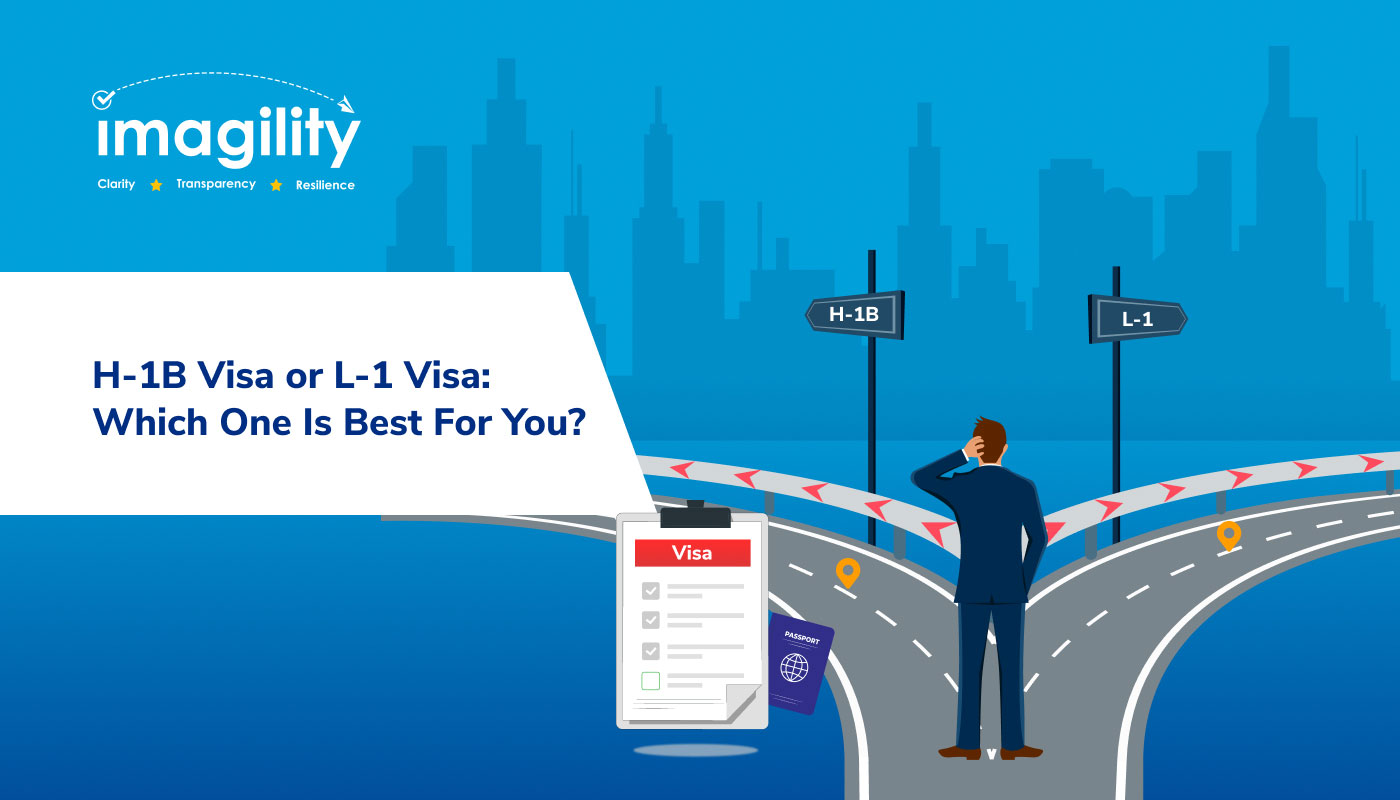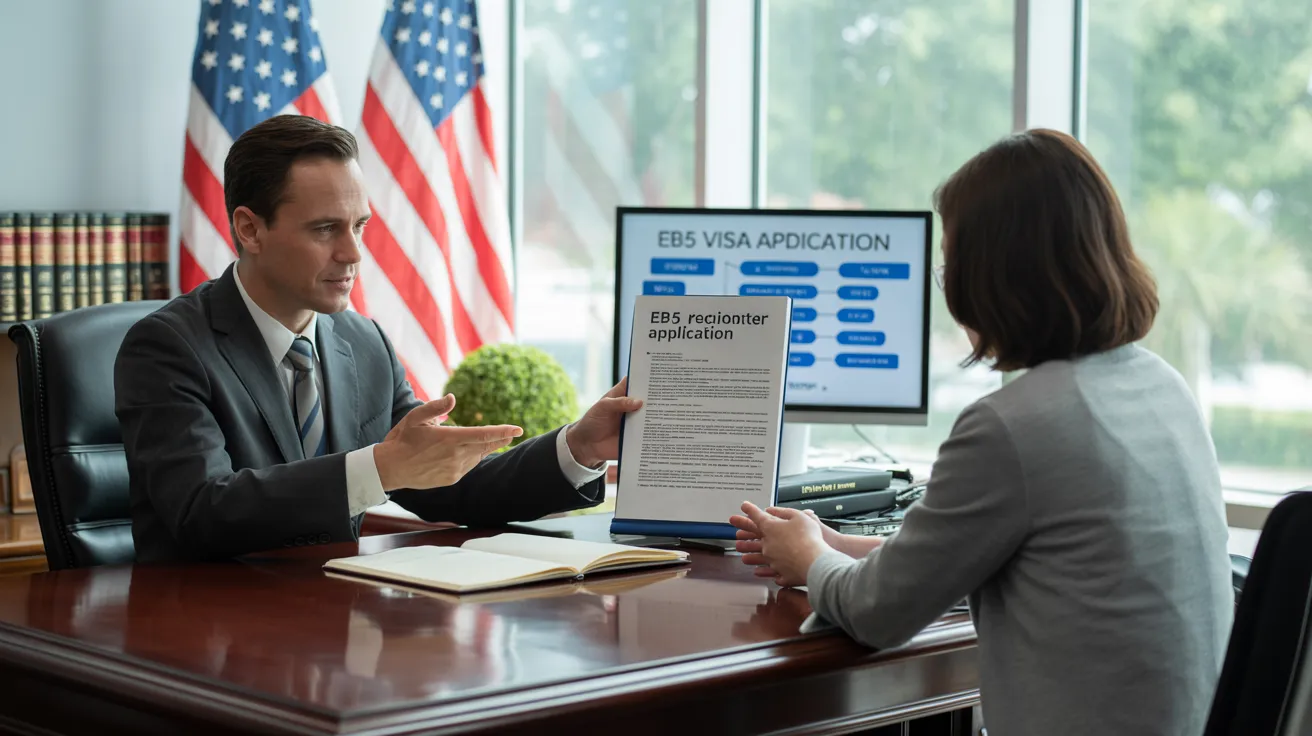Some Of L1 Visa
Table of ContentsTop Guidelines Of L1 VisaNot known Facts About L1 VisaThe Of L1 VisaSee This Report on L1 VisaThe Facts About L1 Visa RevealedGetting My L1 copyright Work
Readily Available from ProQuest Dissertations & Theses International; Social Scientific Research Costs Collection. DHS Workplace of the Inspector General. Recovered 2023-03-26.

U.S. Department of State. Recovered 2023-02-08. Tamen, Joan Fleischer (August 10, 2013).
The Basic Principles Of L1 Visa
In order to be eligible for the L-1 visa, the foreign company abroad where the Recipient was utilized and the U.S. company must have a certifying relationship at the time of the transfer. The various kinds of qualifying connections are: 1. Parent-Subsidiary: The Parent suggests a company, firm, or various other legal entity which has subsidiaries that it has and regulates."Subsidiary" implies a company, corporation, or other lawful entity of which a moms and dad owns, straight or indirectly, greater than 50% of the entity, OR possesses less than 50% but has administration control of the entity.
Firm An owns 100% of the shares of Business B.Company A is the Moms And Dad and Business B is a subsidiary. There is a certifying connection in between the two business and Firm B should be able to fund the Beneficiary.
Business A has 40% of Company B. The continuing to be 60% is owned and controlled by Company C, which has no connection to Company A.Since Business A and B do not have a parent-subsidiary connection, Firm A can not fund the Beneficiary for L-1.
Instance 3: Company A is incorporated in the U.S. and intends to petition the Recipient. Business B is incorporated in Indonesia and utilizes the Beneficiary. Business A has 40% of Firm B. The continuing to be 60% is had by Business C, which has no relationship to Firm A. Nonetheless, Business A, by official agreement, controls and full manages Business B.Since Business A possesses less than 50% of Business B but handles and regulates the company, there is a certifying parent-subsidiary relationship and Firm A can sponsor the Beneficiary for L-1.
The 20-Second Trick For L1 Visa
Firm B is incorporated in the U.S.
Some Known Questions About L1 Visa.

The L-1 visa is an employment-based visa classification developed by Congress in 1970, allowing multinational business to transfer their managers, execs, or vital employees to their united state operations. It is generally referred to as the intracompany transferee visa. There are two main kinds of L-1 visas: L-1A and L-1B. These kinds are suitable for workers hired in various placements within a business.

Additionally, the beneficiary should have functioned in a managerial, executive, or specialized worker position for one year within the 3 years preceding the L-1A application in the foreign company. For new office applications, international work has to have been in a managerial or executive capability if the recipient is pertaining to the USA to work as a supervisor or exec.
The Best Guide To L1 Visa

If granted for a united state firm functional for greater than one year, the preliminary L-1B visa is for approximately three years and can be extended for an click here added 2 years (L1 Visa). Conversely, if the united state firm is recently established or has been functional for much less than one year, the initial L-1B visa is provided for one year, with expansions available in two-year increments
The L1 Visa requirements L-1 visa is an employment-based visa category developed by Congress in 1970, allowing international companies to transfer their supervisors, execs, or key employees to their United state procedures. It is frequently referred to as the intracompany transferee visa.
All About L1 Visa
In addition, the beneficiary has to have functioned in a supervisory, executive, or specialized worker position for one year within the three years coming before the L-1A application in the international company. For new office applications, international employment needs to have remained in a supervisory or executive capability if the beneficiary is coming to the United States to work as a manager or exec.
for as much as 7 years to supervise the procedures of the U.S. affiliate as an executive or manager. If released for an U.S. company that has been functional for greater than one year, the L-1A visa is at first provided for approximately 3 years and can be prolonged in two-year increments.
If granted for an U.S. business operational for even more than one year, the preliminary L-1B visa is for up to three years and can be prolonged for an additional two years. Alternatively, if the U.S. business is newly developed or has been operational for much less than one year, the first L-1B visa is issued for one year, with extensions available in two-year increments.
Comments on “L1 Visa Explained”